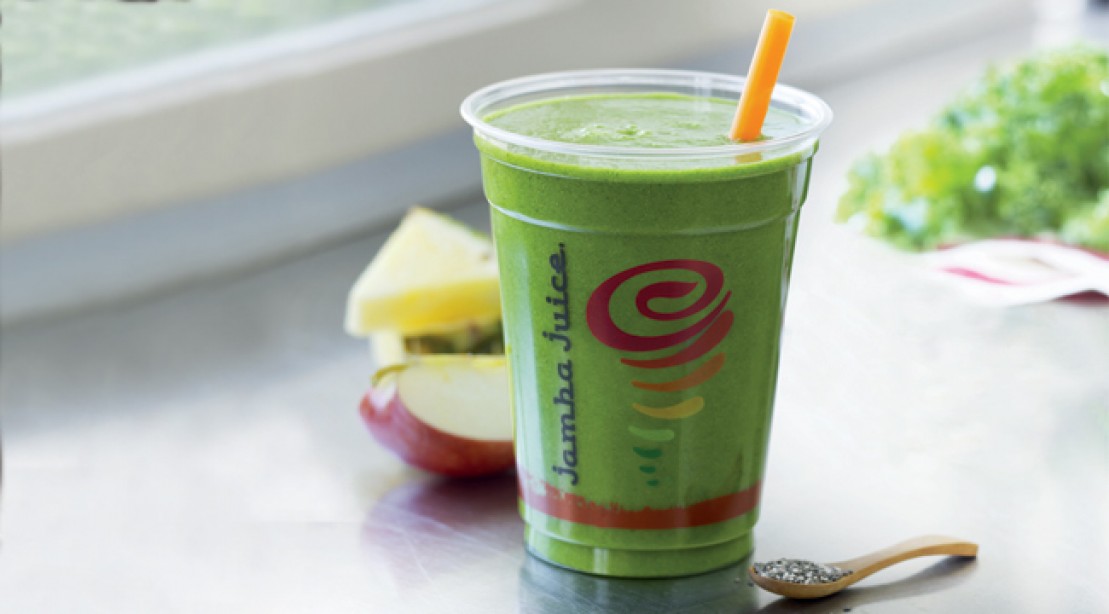The Health Benefits of Green Juice
The Health Benefits of Green Juice
The stuff may look scary, but two-thirds of Americans believe freshly squeezed green juices are good for them—and they’re right.

Green juice has got a lot of people talking. But while it’s soaring in popularity, feelings surrounding the superdrink are somewhat scattered, according to a recent YouGov survey of more than 2,200 Americans.
“Just as we should be enjoying a wide range of all the colors of the rainbow in the foods we eat, drinking colorful fruits and vegetables is an easy way to satisfy your daily requirements, too," says Kathleen Zelman, M.P.H., R.D., L.D., a member of the Jamba Juice Healthy Living Council. "Juices made from ingredients like kale, spinach, beets, and chia seeds are powerhouses of good nutrition, and they can actually taste good."
The study also pointed out an interesting generational gap between willingness to drink veggies versus eating them whole. Millennials are twice as likely as Baby Boomers to think that vegetables taste better in juice and also twice as likely to prefer green juice.
With so many people jumping aboard the green juice and smoothie bandwagon, it makes sense that Jamba Juice’s most popular smoothie on its expanded smoothie and juice menu is the Kale-ribbean Breeze smoothie. It’s a blend of kale, mangos, passion fruit-mango juice, nonfat Greek yogurt, and Chia seeds. That's some good news, but while Americans may be consuming more vegetables in juice than they did 10 years ago, they’re still not meeting their daily fruit and veggie quota. “According to a 2013 report published by the USDA based on MyPlate serving suggestions, men, women, and children are eating only one-third of the fruit [33%] and two-thirds of the vegetables [63%] they need each day,” says Julie S. Washington, senior vice president and chief brand officer of Jamba Juic

Commentaires
Enregistrer un commentaire